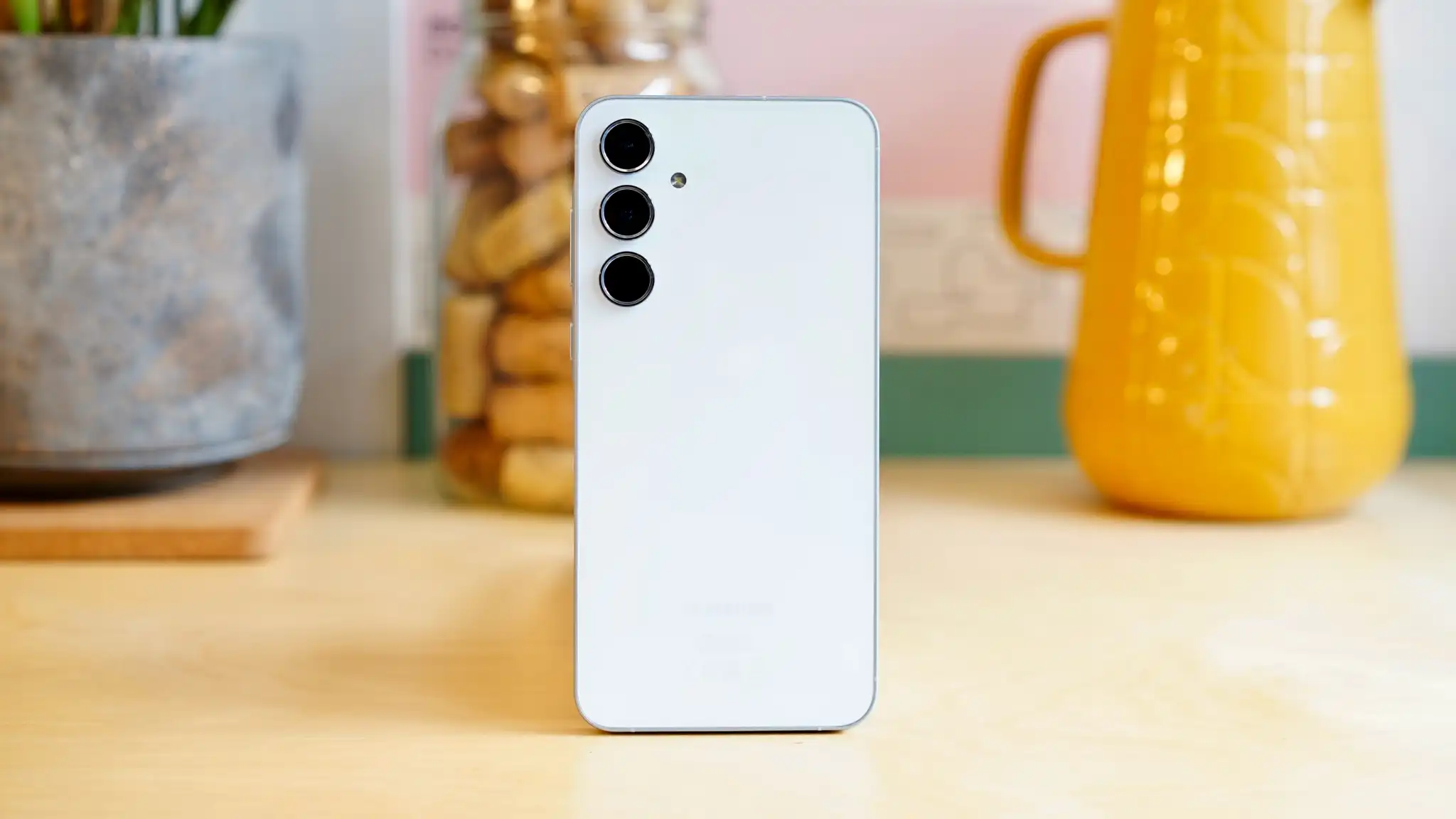If you got a brand new iPhone for Christmas, here’s how to better customize your experience.
Christmas is now over, and if you’ve received an iPhone 15 as a present, you might be wondering what your brand new phone is all about. Your flagship iPhone runs iOS 17, the latest mobile software update, and while you might be acquainted with some of the more popular features, like StandBy and Contact Posters, there are lesser-known settings that can make your iPhone experience better.
If you’ve just received a new iPhone, the first thing you should do is go into your settings and turn on some of these iOS 17 settings to tap into the full potential of your Apple device. Here’s what you need to know.
17 Hidden iOS 17 Features and Settings on Your iPhone

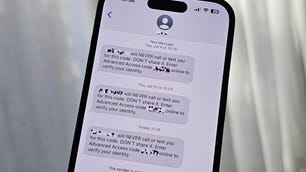
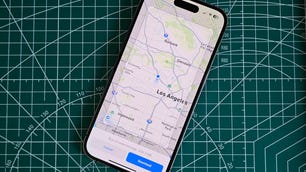
Turn on Face ID to browse privately in Safari
Safari has added several new privacy settings on iOS 17: You can now choose a different search engine (like DuckDuckGo) when privately browsing, automatically strip all tracking information from URLs, and securely share passwords with friends and family. And you can even lock your private browsing tabs in Safari — but you’ll need to toggle on this setting before you can use it.
In Settings, go to Safari and toggle on Require Face ID to Unlock Private Browsing. That’s all you need to do. If you want to test out the feature, open the Safari web browser and make your way to Private Browsing. If you attempt to browse privately, you’ll be asked to use Face ID to access your private tabs.
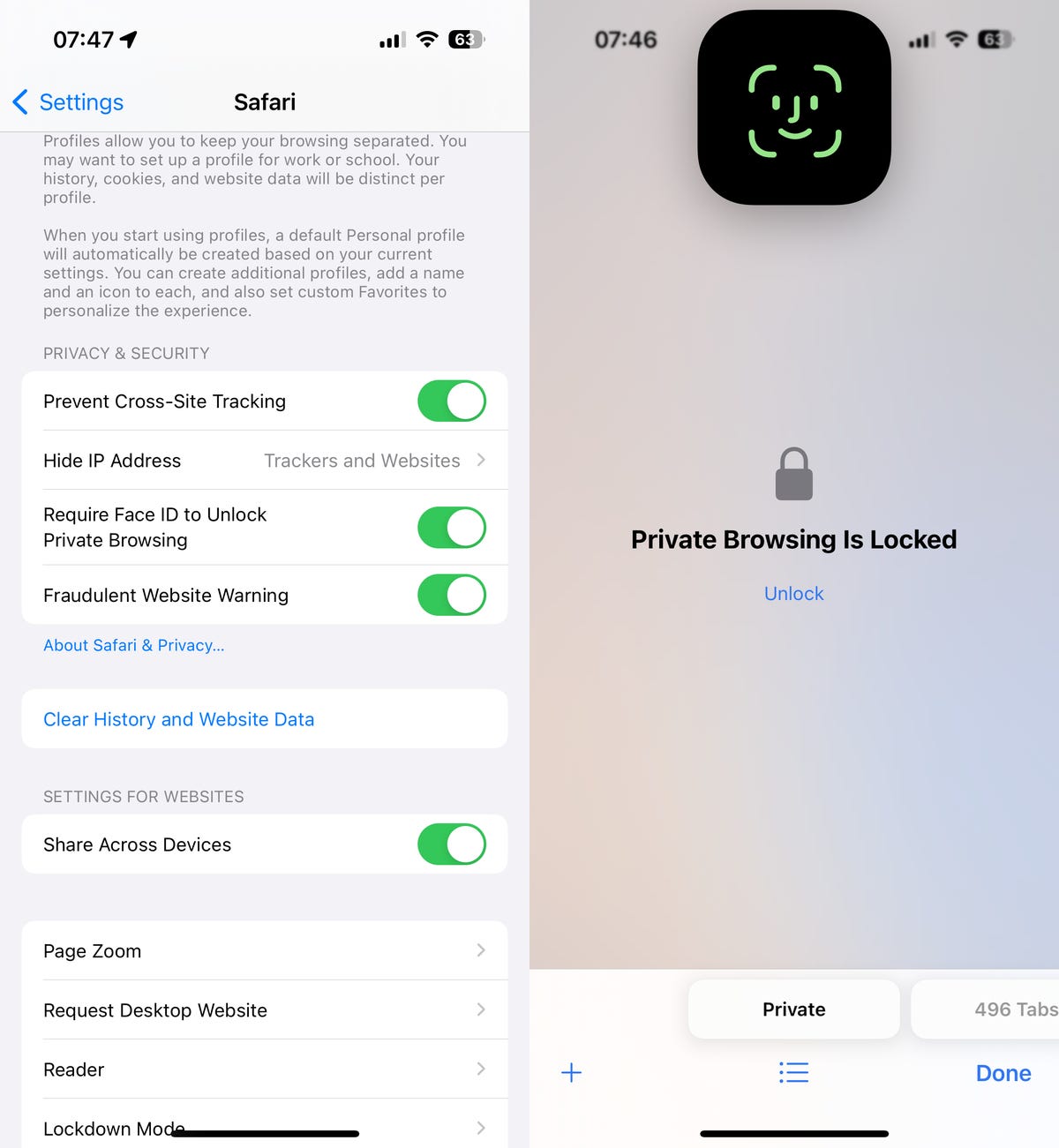
Automatically delete your verification codes
We’ve talked about this iOS 17 feature extensively here at CNET, and for good reason. It’s very useful and cleans up the clutter of verification codes in your text messages, and it’s somewhat hidden in your settings. It’s not enabled by default, so it’s up to you to turn it on.
In the Settings app, go to Passwords > Password Options and toggle on Clean Up Automatically. Now, when you receive authentication notifications in Messages (or even in Mail), they’ll be automatically deleted from their respective applications, as long as you use the verification code with the autofill feature at the top of your keyboard. If you don’t use the autofill feature, the verification code will stay in your messages or emails.

Make haptic feedback faster
After you perform certain actions on your iPhone — like long-press on your home screen to delete an application or even type on your keyboard — you should feel a tiny vibration underneath your fingertip. That’s haptic feedback. It’s how your phone interacts with you as you interact with it, and it’s meant to improve your experience. With iOS 17, haptic feedback is a whole lot better.
If you want to make haptic feedback faster (snappier even), you can do so. In Settings > Accessibility > Touch > Haptic Touch, you can change the duration of haptic feedback: You can choose from Default, Fast and Slow. Underneath these options, you have an image of a flower that you can touch and hold down on to test the various haptic feedback options.
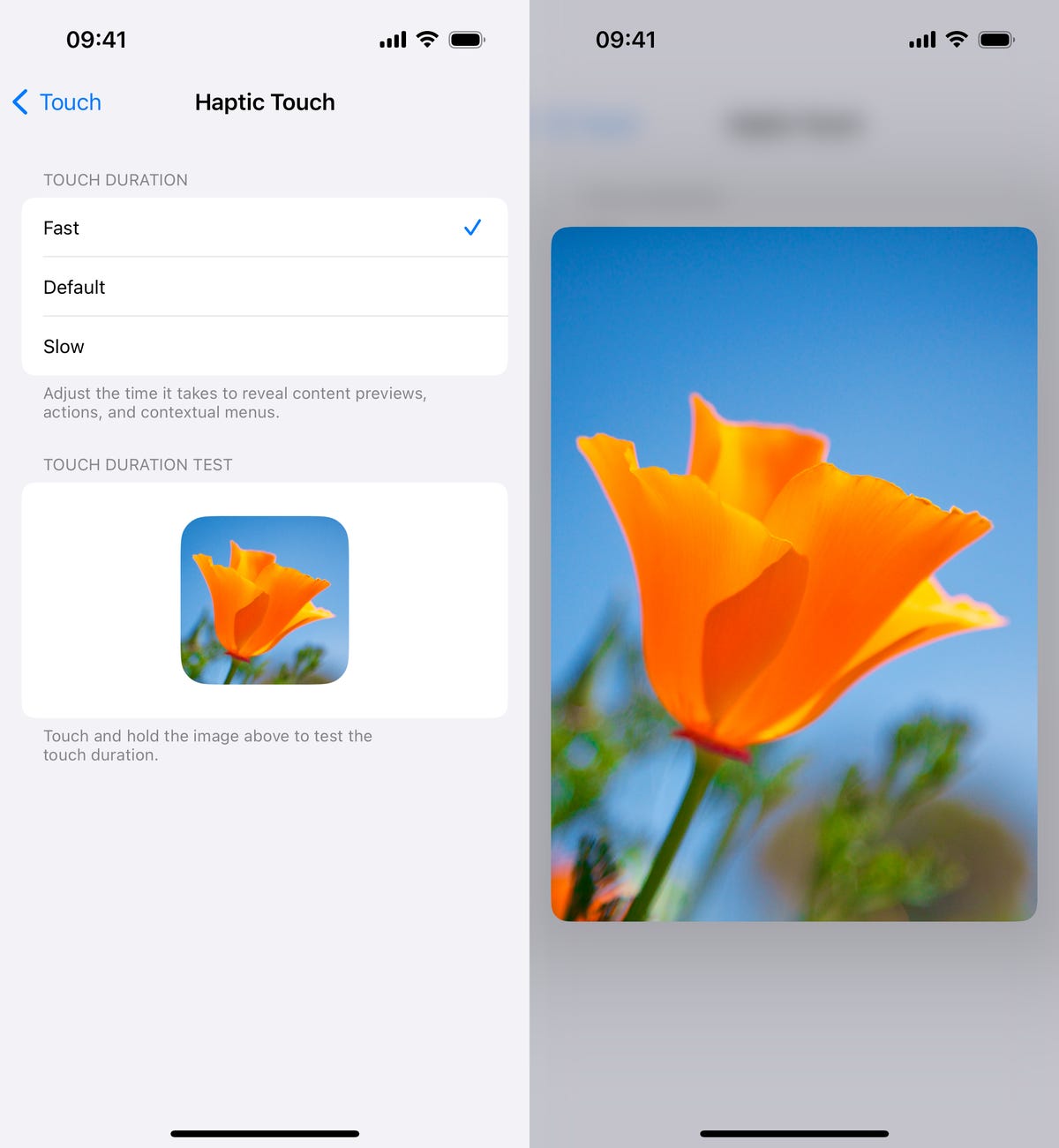
Enable the level in your camera
If you want to take better photos, or at least straighter photos, the native Camera application on your iPhone has a new, somewhat hidden feature that adds a virtual horizontal level as you snap a photo. You’ll know the shot is level with the ground when it turns yellow and you feel the haptic feedback.
This feature isn’t enabled by default, so go to Settings > Camera and toggle on Level under the Composition section. Now when you take a photo, you should see a broken straight line in the middle of your screen. This is the level. Adjust your phone to make it yellow, signifying that it’s now level to the ground.
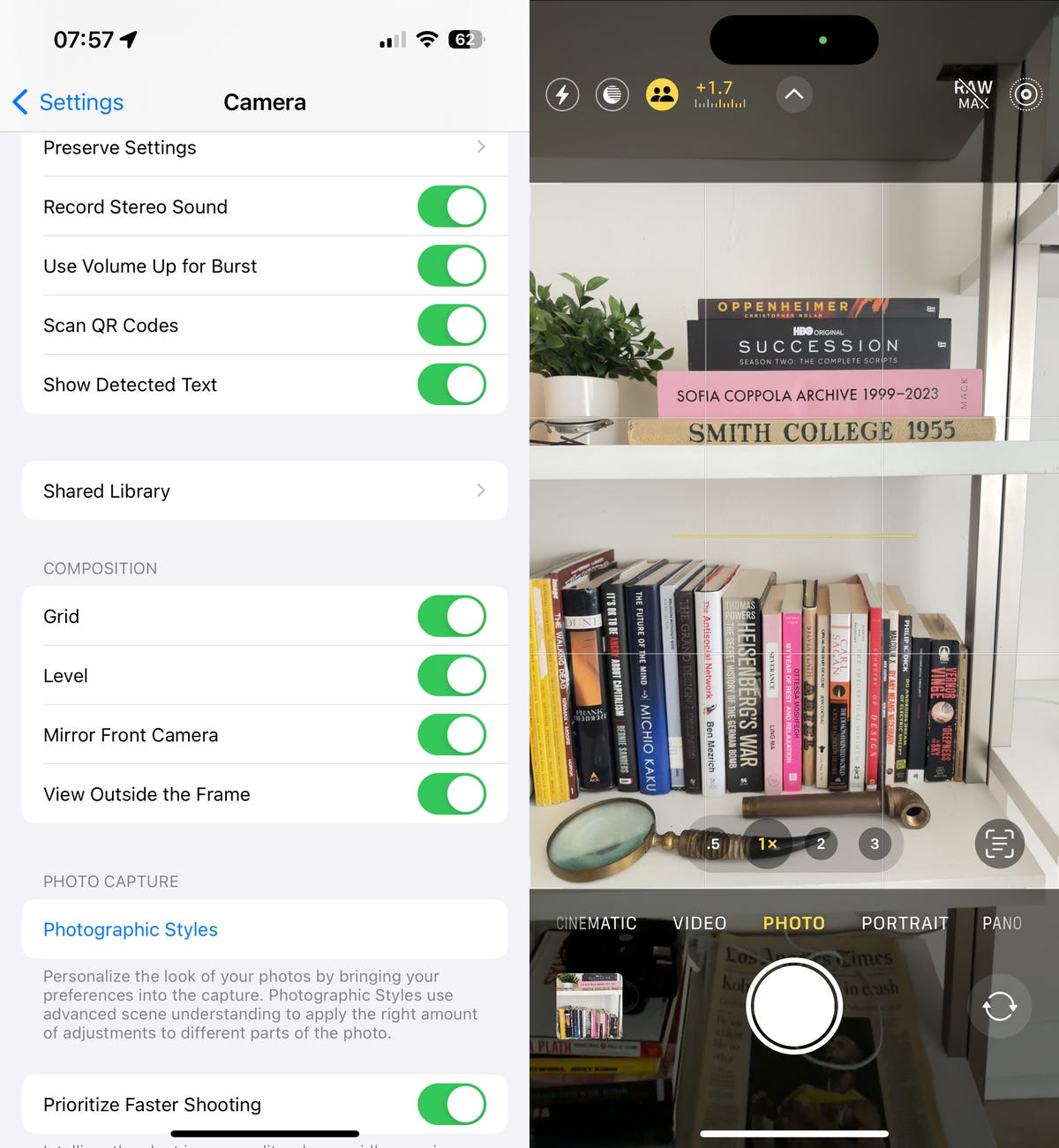
If you don’t have an iPhone 15 quite yet, check out our comparison of the iPhone 15 and iPhone 14 and the best deals on the iPhone 15.

